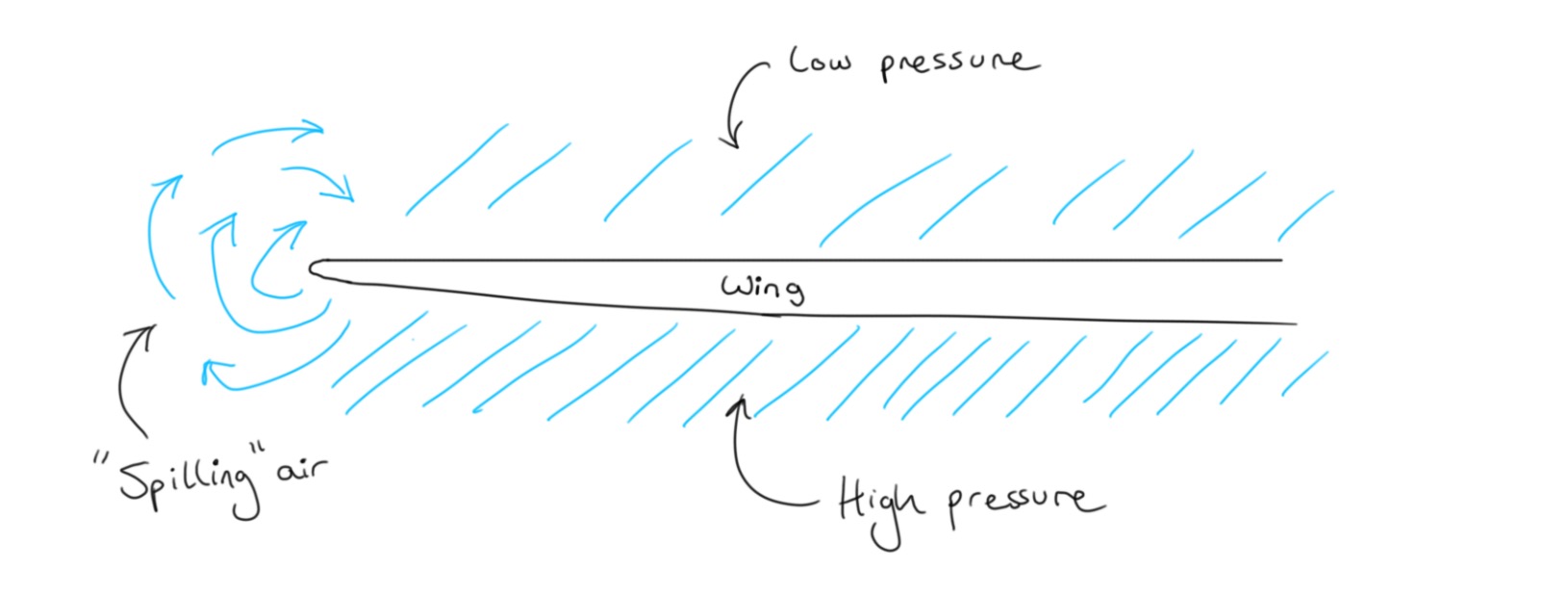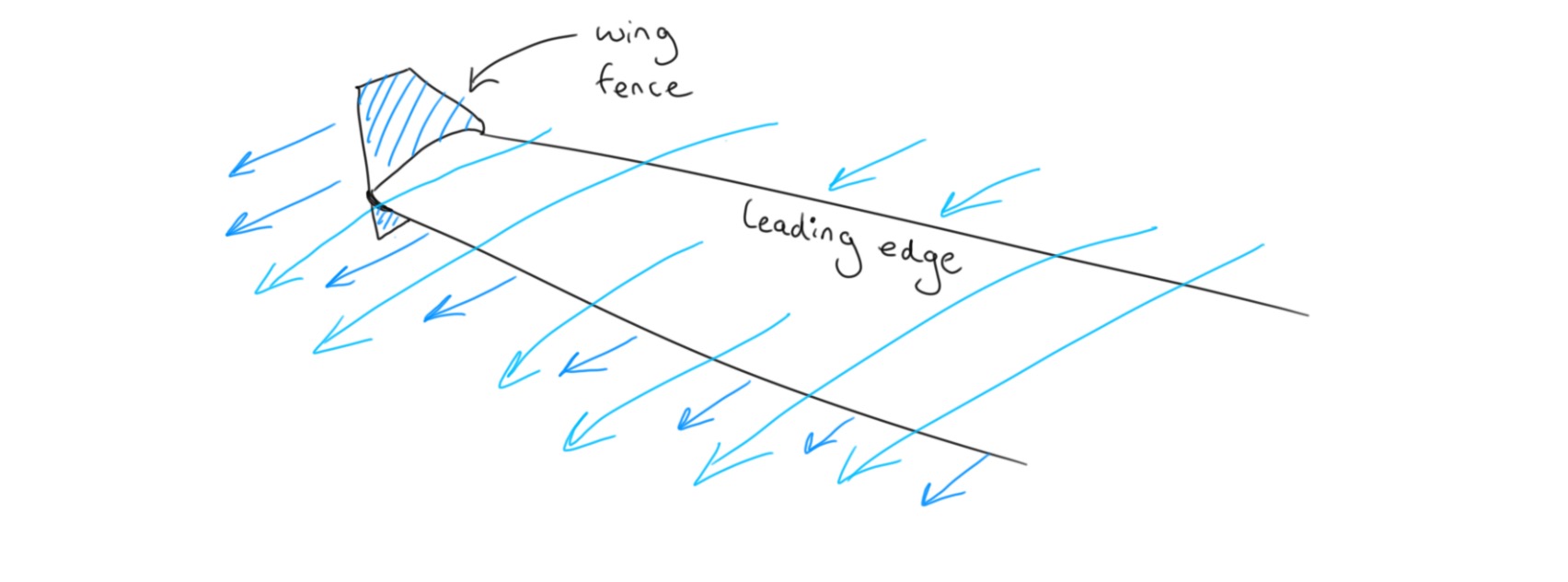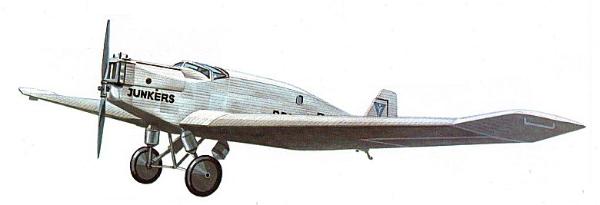Wingtip design can radically affect the aerodynamic efficiency of an aircraft. Here's how.
Extensions of a wing called 'wingtip devices' can sometimes be used to improve the efficiency of an aircraft by reducing drag. They can also be used to improve various characteristics and reduce turbulent wake for following aircraft (usually in a military context). The way these devices work is quite complicated, but this edition of the Flite Test Aerodynamics Simplified series aims to simplify the essentials for you. Let's get started.
How they work
The primary purpose of a wingtip device is to reduce induced drag. But what actually is induced drag in the first place? Well, in a nutshell, induced drag is a result of displaced air produced by an object (like a wing) moving forwards. This drag takes the form of spiraling tornados at the edges of aircraft wings.

The reason these tornados come about is due to the nature of how air pressure works. In the case of a wing, the air tries to move from the bottom of a wing to the top. This is because a wing has high pressure beneath it and low pressure above; the air bleeds around the tip of the wing as it tries to equalize the difference. Here's a frontal view of a wing to demonstrate.

Wingtip devices reduce this flow by restricting the end of the wing.

Historical difficulties
Richard T Whitcomb was one of the main contributors to the development of wingtip devices, but the theory of putting something at the end of the wing to prevent induced drag goes back further. The idea of wingtip appendages to somehow 'fence off' the end of the wing has been around almost as long as manned flight itself. It was relatively early on in the 20th century that calculations theorized that end plates would reduce drag. However, in practice, the theory didn't live up to expectations. When experimenting with simple flat devices attached to a wing, it turned out that profile drag produced by the plate itself was greater than the induced drag saved. In short, there was no net benefit. What a disappointment!

The 1920s Junkers W 33 with upward swept wingtip devices
Perhaps one of the first examples of an oddly shaped wingtip device on an aircraft was on the Heinkel 162, one of Germany's emergency fighter projects from the end of WW2. This aircraft has downward angled wingtips intended to help with its unfavorable yawing characteristics. This isn't an example of a wingtip device designed to improve efficiency, but it is an example of how airflow can be manipulated at the ends of a wing to improve handling.

The Heinkel 162 with downwards facing wingtips
Types of Wingtips
Wingtip fences are probably one of the simplest practical wingtip devices. They extend both above and below the wingtip. Often these were retrofitted to older airliners back in the 1980s.

There are several types of winglets used on aircraft aside from the generic wingtip fence. Canted wingtips are angled to help expand the lifting surfaces of the wing.

Blended wingtips help to reduce interference drag to help reduce any vortex induced from the sharp intersecting angle of a join.

Raked wingtips have a higher sweep than normal wingtip devices. These are more efficient than most as they effectively increase the wing's aspect ratio as well as reducing induced drag.

Sometimes, wingtip devices are used to provide directional stability. Take a look at an FT Versa Wing for example. The wingtip devices on this wing, along with many other RC flying wings, are used to provide directional (yaw) stability at the same time as increasing wing efficiency.

Articulating wingtips have rarely been used on aircraft, but one notable example was the XB-70 Valkyrie. These folding wingtips were designed to trap a supersonic compression shockwave to improve lift and directional stability, a little like a Versa Wing but much, much faster. Make sure to check out this awesome XB-70 model, complete with folding wings, which was built by one of our community members!

If you found this article interesting, helpful or both, make sure to recommend it!
Article by James Whomsley
Editor of FliteTest.com
Contact: james@flitetest.com
YouTube Channel: www.youtube.com/projectairaviation













Log In to reply
Log In to reply
Log In to reply